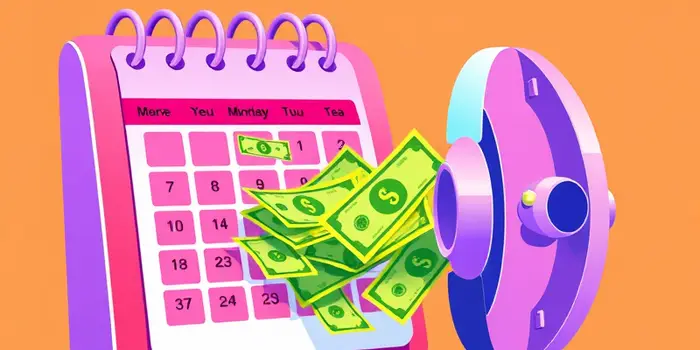
Missing a payment by even a day can cost you more than just a late fee—it can hurt your credit and add unnecessary stress. By setting up autopay, you’ll ensure bills are paid on time, every time, and avoid penalties that chip away at your savings.
Autopay refers to the process of automatically deducting recurring bills from your bank account or card on a scheduled date. This setup removes the need for manual intervention and keeps your financial life on track.
When you enroll, your provider or lender pulls the exact amount due on the specified date. Whether it’s a mortgage, insurance premium, utility bill or credit card payment, autopay makes it effortless to maintain consistency.
The most compelling reason to use autopay is to avoid costly late fees. Late payments can incur fees up to 5% of your balance and trigger rate hikes on credit cards.
Concrete statistics illustrate the potential impact:
- Auto insurance companies typically discount premiums by 1% to 15% for autopay enrollments.
- Customers who refinance auto loans and activate autopay save an average of $96 per month, or $1,400 annually.
- The average American saves roughly 23% of take-home pay each month when aided by automatic transfers to savings.
Insurance and loan providers often use autopay as an incentive to reduce administrative costs. By passing savings on, they encourage customers to remain current on payments.
For example, major insurers](#) advertise up to 15% discounts for policyholders who choose autopay. This reduction on a $200 monthly premium could translate to $30 saved each month.
Once activated, you’ll receive confirmation and can view upcoming payment dates at any time.
While autopay can be a game-changer, certain caveats demand attention:
1. Overdraft risks: If your checking account balance is insufficient, your bank may assess overdraft fees.
2. Hidden billing errors: Automated payments can cause you to miss fraudulent charges or incorrect fees if you don’t review statements regularly.
3. Minimum payments trap: Credit cards default to minimum payments. This can lead to higher interest accrual and a growing balance over time.
To mitigate these risks, always set autopay for the full statement balance or a fixed amount higher than the minimum due. Schedule a monthly review of your account to catch any anomalies.
To fully leverage autopay:
- Align payment dates with your paychecks. Setting your due date just after payday ensures funds are available and reduces overdraft chances.
- Consolidate debts where possible. Refinancing high-interest loans into lower-rate products can optimize both the repayment schedule and autopay discounts.
- Automate savings alongside bill payments. Set up a separate recurring transfer to savings or investment accounts, creating a double layer of financial discipline.
Meet Jane, a graphic designer juggling rent, car payments and insurance. Last year, she enrolled in autopay for her mortgage, car loan and policies. By the end of twelve months, she had:
- Eliminated all late fees and missed payments.
- Earned $180 in insurance discounts.
- Reduced interest on her mortgage by making biweekly payments—shaving two years off her term.
Jane’s proactive autopay strategy not only saved her over $1,000, but also provided peace of mind and freed mental space for her creative work.
Autopay is more than just a convenience—it’s a powerful tool for financial growth. When used thoughtfully, it helps you avoid fees, earn discounts and support consistent saving.
Remember to:
- Review statements monthly for accuracy.
- Adjust payment amounts on variable bills like credit cards.
- Combine autopay with deliberate savings and refinancing strategies.
By integrating autopay into your budget, you’ll transform bill-paying from a chore into a seamless component of your financial routine. Start today to build momentum toward long-term money management success.
References













